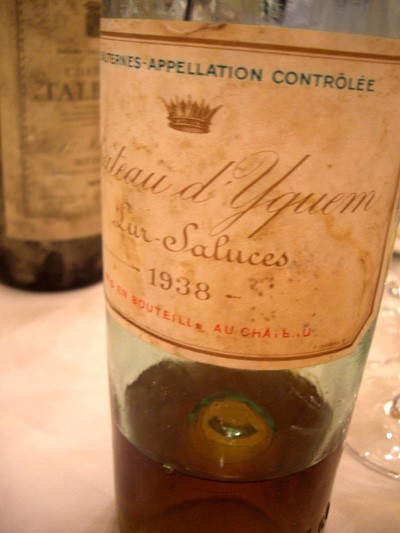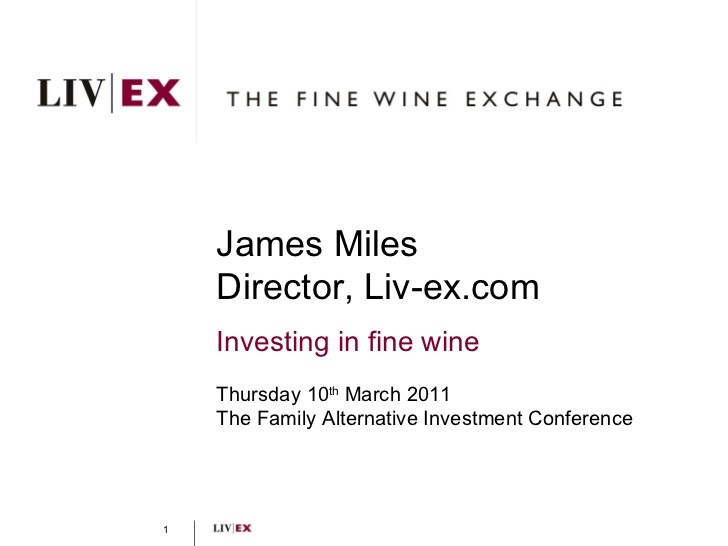Investing in Fine Wine_6
Post on: 16 Март, 2015 No Comment

Fine Wine matures once bottled, and improves with age.
Only a limited amount of these Fine Wines is produced every year and as bottles are consumed the supply of the wine becomes smaller. As demand rises as the wine matures this will increase the value of Fine Wine.
Investing in Fine Wines is a good and relatively low risk, long-term investment. The type of wines to invest in are the First Growths of Bordeaux 1855 Classification namely Château Latour, Lafite Rothschild, Margaux, Mouton Rothschild, and Haut-Brion, Yquem, and other top chateaux from the right bank, like Château Pétrus, Cheval Blanc, Figeac, Ausone, Beauséjour Bécot, Canon, and Angélus.
Rare Burgundy Fine Wines like Domaine de la Romanée Conti, La Tâche, Richebourg, Echezeaux, Grand Echezeaux, Montrachet are the famous names for investment.
If you buy say five cases, put them in a cellar for 10 years then drink two and sell three, you should raise enough profit to buy another five cases of younger wine. Done year on year, this process can ensure that you have a selffinancing investment as these wines increase in value. A minimum wine investment budget should be from £5,000 to £10,000.
The price of Fine Wine, according to Live-ex (a benchmark index based on sales prices of the most sought after 100 wines) is up by more than 150 per cent over 10 years.Generally, wine is regarded as a wasting asset so does not attract Capital Gains Tax. If you keep the wine in bond, you also avoid paying VAT and Duty. Prices can go up as well as down so look out for great deals when prices are high and once the market has bottomed out, that is the best time to buy. Timing is therefore a crucial part of investing.

However, there are no dividend payments that accrue from wine investment and there are costs of storage and selling which have to be taken into account as they will affect profitability. The storage cost of keeping your wine under bond with a professional storage company or merchant will cost around £7 to £10 a case per annum, which should include insurance. Always deal with a reputable, long-established merchant (eg Berry Brothers and Rudd www.bbr.com. Corney and Barrow www.corneyandbarrow.com. Farr Vintners www.farr-vintners.com. Fine and Rare Wines www.frw.co.uk ). For selling wines you can also go to the well-known auction houses Chrsitie’s and Sotheby’s.
Michael’s choice for drinking
Château Biac is a fine property with the most spectacular vista over the Gironde valley, looking toward the Sauternes vineyards in the distance. The wines from these vineyards on the south facing slopes have been created with the expert help of Patrick Léon of Château Mouton Rothschild fame and the oenologist Christine Sourdes. The red wine of Château Biac is matured for 14 months in French oak barrels and shows an imposing taste of red berries, and black currant, fresh and complex with a lovely silky finish. This is ideal with lamb dishes and beef.
For more information about investing in wine see www.decanter.com .














